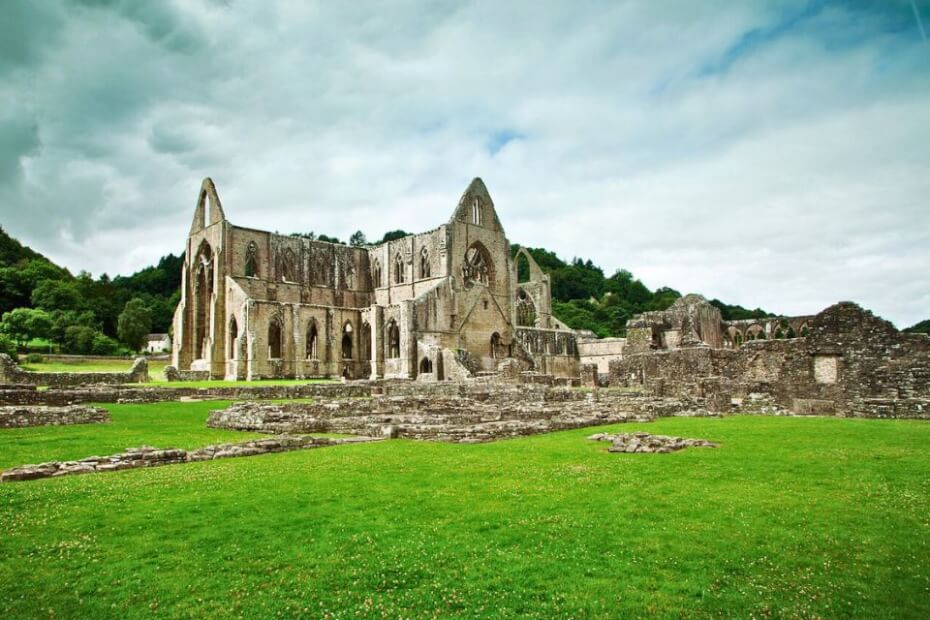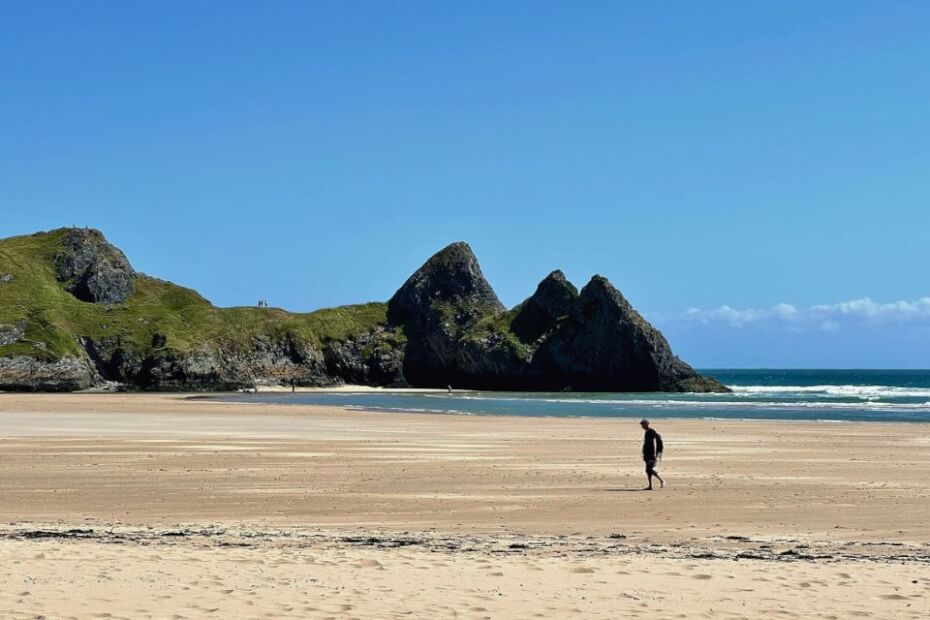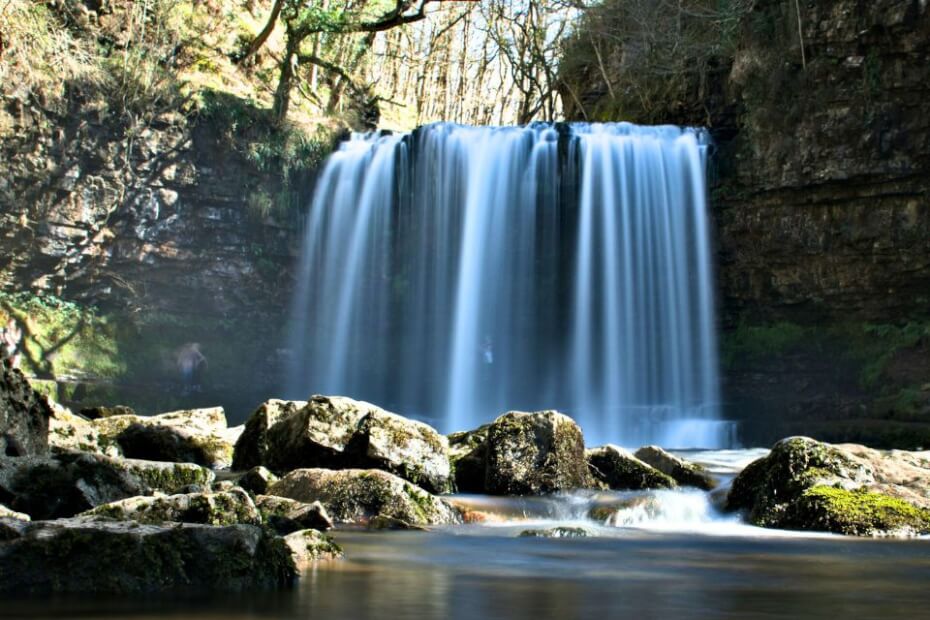
One of the four nations that make up the United Kingdom (UK), Wales is famed for its rolling hills, dramatic coastlines, ancient castles, and unique traditions.
Whether exploring lively cities, hiking in breathtaking national parks, or diving into the country’s fascinating heritage, Wales offers something for everyone.
Traveling to Wales is now more convenient for international visitors thanks to the Electronic Travel Authorization (ETA). This digital system allows visa-exempt travelers to apply online for a pre-travel permit, making the process smoother than ever.
This guide will introduce you to Wales’s most notable cities, must-see attractions, and essential ETA or visa requirements to make your visit unforgettable.
A snapshot of Wales
Wales is home to about 3.3 million people, with most of the population concentrated in the south. The Welsh language, alongside English, reflects the country’s Celtic roots.
A country of stunning landscapes, rich history, and vibrant culture, Wales is a must-visit destination for travelers. It boasts over 600 castles, picturesque villages, and an impressive coastline stretching 870 miles.
Its rugged beauty and warm hospitality have earned it a reputation as one of the UK’s top travel destinations.
Whether you’re a history enthusiast, a nature lover, or a foodie eager to try traditional dishes like Welsh cakes and lamb cawl, Wales has something special in store.
Cardiff: The Dynamic Capital
Cardiff, Wales’s capital and its largest city, is a vibrant hub of history, culture, and sports. Once a small town, it proliferated during the 19th century thanks to the coal industry and is now one of the UK’s most visited cities.
Top attractions in Cardiff include:
- Cardiff Castle: Explore centuries of history at this medieval castle, built on Roman foundations.
- Cardiff Bay: A waterfront area packed with restaurants, shops, and landmarks like the Norwegian Church and Roald Dahl Plass.
- Principality Stadium: Famous for hosting international rugby matches and major concerts.
- National Museum Cardiff: Home to world-class art and exhibits on Welsh natural history.
Take advantage of Bute Park, a serene green space in the city center, or the vibrant St. David’s Shopping Centre for retail therapy.
Swansea: Coastal Charm and Cultural Heritage

Swansea, Wales’s second-largest city, is a coastal destination with a rich history. It’s known for its maritime heritage and as the birthplace of poet Dylan Thomas, whose work is celebrated worldwide.
Must-visit spots in Swansea are:
- National Waterfront Museum: Learn about the city’s industrial past and connection to the sea.
- Gower Peninsula: Designated an Area of Outstanding Natural Beauty, perfect for hiking, surfing, and exploring sandy beaches like Rhossili Bay. It offers stunning landscapes, including Worm’s Head, a tidal island accessible during low tide.
- Dylan Thomas Centre: Devoted to the life and work of Swansea’s literary icon.
Newport: A Mix of History and Modernity
Located just north of Cardiff, Newport combines historical landmarks with a lively modern vibe. Once a coal-exporting powerhouse, Newport today is known for its cultural attractions and unique sites.
Visitors must not miss Newports’ highlights, such as:
- Newport Transporter Bridge: One of only seven transporter bridges still in operation worldwide.
- Caerleon Roman Fortress and Baths: A fascinating glimpse into ancient Roman life.
- The Riverfront Theatre: Hosting concerts, plays, and art exhibitions.
The nearby Newport Wetlands Reserve is ideal for birdwatchers and offers peaceful trails along the coast.
Bangor: A Gateway to Nature and History
Bangor, located near the Menai Strait, is one of Wales’s smallest cities but offers plenty to explore. With its picturesque setting and proximity to Snowdonia National Park, Bangor is a favorite for travelers seeking natural beauty.
Things to See in Bangor include:
- Bangor Cathedral: Dating back to the 6th century, this is one of the oldest religious sites in Wales.
- Penrhyn Castle: A neo-Norman mansion surrounded by beautiful grounds.
- Bangor Garth Pier: A charming Victorian pier with stunning coastal views.
From Bangor, travelers can easily visit Anglesey Island, a tranquil getaway known for its sandy beaches and charming villages.
Wrexham: A Blend of Old and New

Wrexham, Wales’s newest city, gained its city status in 2022. Located near the English border, it combines ancient heritage with a modern, innovative spirit.
Top Attractions in Wrexham include:
- Chirk Castle: A magnificent medieval fortress with well-preserved gardens.
- Wrexham Museum: Dive into the city’s history, from ancient times to the present.
- Bellevue Park: A peaceful spot for outdoor relaxation.
Sports fans will know Wrexham AFC, the world’s third-oldest football club, established in 1864. Its recent rise to global fame, thanks to Hollywood owners Ryan Reynolds and Rob McElhenney, has made Wrexham a household name.
St. David’s: Smallest City, Big Appeal
With a population of just 2,000, St. David’s is the smallest city in Britain. It’s named after Wales’s patron saint and is a haven for history buffs and nature lovers alike.
Notable Attractions in St. David’s are:
- St. David’s Cathedral: A stunning 12th-century masterpiece.
- Ramsey Island: A nature reserve with seals, seabirds, and rugged cliffs.
- Whitesands Bay: A picturesque beach popular with surfers and walkers.
For something unique, visit Dr. Beynon’s Bug Farm to learn about insect farming and even sample edible insect dishes!
Explore beyond Wales’s cities

While the cities of Wales are captivating, the countryside is equally alluring.
- Snowdonia National Park: Perfect for hiking, climbing, and scenic train rides to the summit of Mount Snowdon (1,085 meters or 3,560 feet).
- Brecon Beacons: Known for its waterfalls, caves, and stargazing opportunities in this International Dark Sky Reserve.
- Pembrokeshire Coast National Park: The only coastal national park in the UK, offering dramatic cliffs and hidden coves.
Wales’s ETA or visa travel requirement
Travelers planning to visit Wales and other parts of the UK must prepare for new rules. Beginning in 2025, travelers from visa-exempt countries, such as the United States and European nations, must apply for an ETA before their UK trip.
Non-visa travelers can apply for an ETA online via the UK Government website or the UK ETA mobile app. They only need to provide personal and contact details and passport information, answer security questions, and pay the £10 application fee.
ETA applicants typically receive their approved ETAs in three days, give or take. However, there may be cases where it would take longer. Travelers are advised to apply well before their intended travel to avoid delays.
Once issued, the ETA is electronically linked to travelers’ passports. It is valid for two years unless the passport linked to it expires earlier. During this period, ETA holders can travel to the UK multiple times for short stays or up to six months per visit.
Visa-required travelers and those denied an ETA must apply for a UK visa to visit England. The same applies to those planning to work, study for more than six months, or live in the UK. The UK ETA scheme does not affect the UK visa application system.

